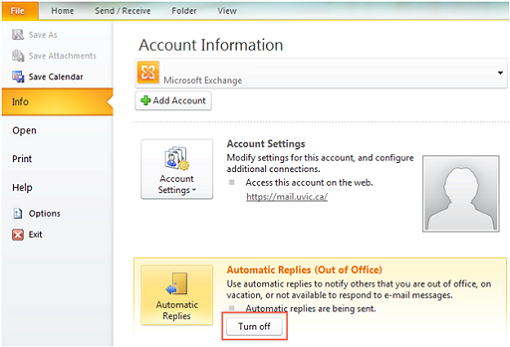Disable Print To File Office 2010
Nov 20, 2013 Disable: Welcome to Microsoft Office 2010. To browse to the file locations. To modify Office 2010 and to disable the 'Welcome to Office. Jul 02, 2010 Experts Exchange >Articles >Microsoft Word - Prevent Printing. Code which will disable Ctrl+P, File >Print.

Howdy, I’m David B Heise and I work on the Office Security team responsible for testing Office File Validation (codename: Gatekeeper). There have been some misconceptions about the new file validation feature in Microsoft Office 2010 and I hope to clear these up and explain the why and what. Why Validate Binary Files? Throughout the years the office binary formats have necessarily evolved and grown in scale and complexity. The reasons why the formats are complex have been discussed sufficiently elsewhere (see Joel Spolsky's article ) so we won’t go into that discussion here, however these binary formats are very well documented. We have found that malicious attackers use the binary files as an attack vector to infect a targeted user, as such we wanted to come up with a way to stop this from happening.
One thing our team has been doing is whenever a new Office file format attack is reported to Microsoft we have been checking it with our validation to see how well we’re doing. So far, so very good! What is The Gatekeeper?
Disable Compatibility Mode on Word 2010. To the Normal file that.

Office File Validation is a feature that was originally introduced in Publisher 2007 to validate Publisher’s PUB files. It verifies that a particular binary file conforms to the application’s expectations. In Office 2010 we’ve expanded this feature significantly to include binary formats for Word, Excel, and PowerPoint. Please note that this feature is for binary formats ONLY (i.e. PUB, DOC, XLS, PPT, etc), this does not validate the XML based documents (i.e. DOCX, XLSX, PPTX, etc), nor does it validate macros or other custom items.
What it does validate is the structure of the file, for example if you have a XLS file that has a structure with the ifnt value set to 4 (which is an invalid value for that particular item) then it fails validation. How Does It Work? Whenever an un-trusted binary file (i.e.
Not in a and not a ) is loaded by Word, PowerPoint, or Excel it goes through a check to see if it is a valid file. This check looks at the specific bits of the file that the application is about to parse, in other words the relevant. If it is determined to be valid, it opens as normal, nothing to seemove alongmove along. However if it is found to be invalid, it is sent (by default) to the. If you click on that text you will be taken to the where you will have the option to open the file in the full application experience. Please note that this is a trust decision that will mark this particular file as a, and as such, will NOT be validated the next time you open this file. After you’re done with the file and close the application you may see a prompt like this: This prompt only appears at most once every two weeks (per application) and gives you the option to send the failing file (or files) to us via.
Of course you can remove a file or two if you don’t want to share that information, but by sending us the file we can analyze it further to improve Office File Validation. How do I control this? Via Policy We realize that many administrators (or security conscious users) may not like the idea of opening a file that fails validation, so there is a group policy to control the default action when a file fails validation. These policies are located under the application’s “Options Security Trust Center Protected View” in the group policy templates and it is a per application setting. Via the Registry There are several registry keys that control various aspects of Office File Validation. Common Keys HKCU Software Microsoft Office 14. Winlite.iso 72 Mb more. 0 Common Security FileValidation ReportingInterval - This is a DWORD that controls the number of days between the showing of the dialog to send files to Windows Error Reporting. HKCU Software Microsoft Office 14.0 Common Security FileValidation DisableReporting - This is a DWORD that if set to 1 will disable the showing dialog (and thus the sending of files) to Windows Error Reporting.
Application Specific Keys For these examples I’m going to use “Excel”, but these also work for “PowerPoint” and “Word” HKCU Software Microsoft Office 14.0 Excel Security FileValidation EnableOnLoad – This is a DWORD that if set to 0 Office will not validate files. HKCU Software Microsoft Office 14.0 Excel Security FileValidation DisableEditFromPV – This is a DWORD that if set to 1 will not allow files to be edited that fail validation. Excel Specific Keys HKCU Software Microsoft Office 14.0 Excel Security FileValidation PivotOptions – This is a DWORD that controls specific options around validating pivot caches (for performance reasons) in files that have them. 0 = Never validate any pivot cache 1 = Validate the pivot cache in the following cases: (1) file is opened from the internet, and the platform marks the file locally as having come from the internet. (2) The file is a Microsoft Outlook email attachment. (3) The user specifically opened the file in protected view.